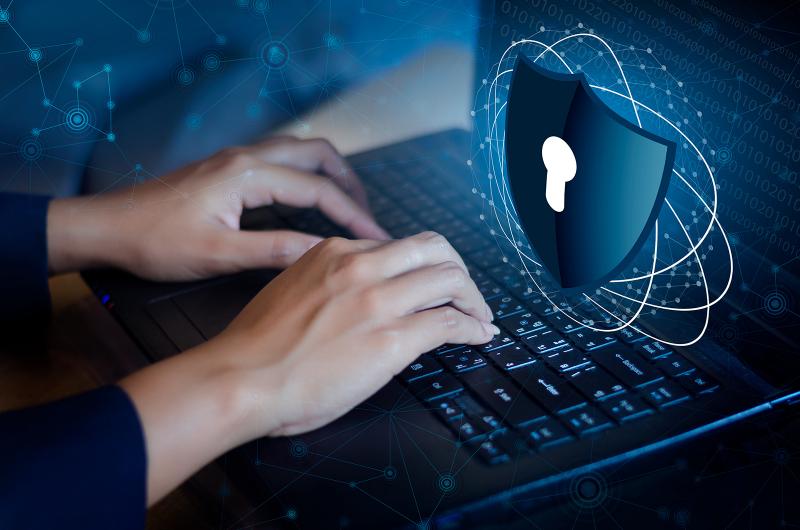An Often-Overlooked Critical Element in "Mission Critical"
April 16, 2018
We hear the phrase “Mission Critical” all the time in our industry and it’s often used to describe a number of different things. Overall, a mission critical system can be defined as a system that is essential to the survival of a business or organization. When a mission critical system fails or is interrupted, business operations are significantly impacted. In the world of data, where speed, security and storage are paramount, even the tiniest interruption can have global consequences. So, ultimately, for data center solutions providers, it means creating specialized facilities designed to operate 7 X 24 X Forever.

Ensuring Uptime in Data Centers Mission Critical facilities, and specifically data centers, are known to be designed and built with ultra-redundant and resilient infrastructure that are continually being improved upon with advanced systems and technologies. Today, DCIM and SCADA are huge growth areas in data center design, and the growth of IoT has solutions providers across the cloud industry looking for innovative ways to ensure scalable growth and iron-clad security. As emerging technologies are unveiled, the complexities of these systems and solutions multiplies at an exponential rate. And, despite all of the automation and advancements, it’s a known fact that as we operate these highly sophisticated facilities, the chance of human error causing an interruption in production “or load loss” greatly increases.
Ensuring the Best Performance from the Most Critical Element Understanding the complexities of the systems to ensure maximum uptime is more critical than ever. And, to do this, we need skilled, trained workers with clear operations and maintenance standards. Right now, the industry is experiencing a lack of talented, experienced, and qualified technicians to work in our facilities. So, ensuring that employees across the industry have the knowledge and support they need and that all services and maintenance activities are performed and completed in a safe and professional manner should be a top priority.
Mission Critical Operations and Standards This is why it is more important than ever to have a world-class Mission Critical Standards Program in place, and that begins with the creation and adherence to strict change management protocol. This includes but not limited to:
- Safety Policy (SP)
- Total Quality Management (TQM)
- Methods of Procedure (MOP’s)
- Standard Operating Procedures(SOP’s
- Emergency Operating Procedures (EOP’s)
- Administrative Procedures (AP’s )
- Level of Risk (LOR classifications)
Top-Down Dedication to Supporting the Critical Human Element
Ultimately, people are the most critical element in everything we do and can be our greatest strength. But, none of the change management protocols listed work effectively unless soft skills training and a heightened sense of urgency are part of a company’s culture and are embraced by the entire management and service staff. It is imperative that the company culture supports a robust system for training, operational safety and career advancement. And, it is “mission critical” to ensure employee expertise and workplace satisfaction, which will maximum uptime – and ROI – across all systems in “Mission Critical” facilities.
To learn more about CPG’s Mission Critical Standards Program contact us at:
800-726-9726 or visit www.CPGbeyondthecloud.com
